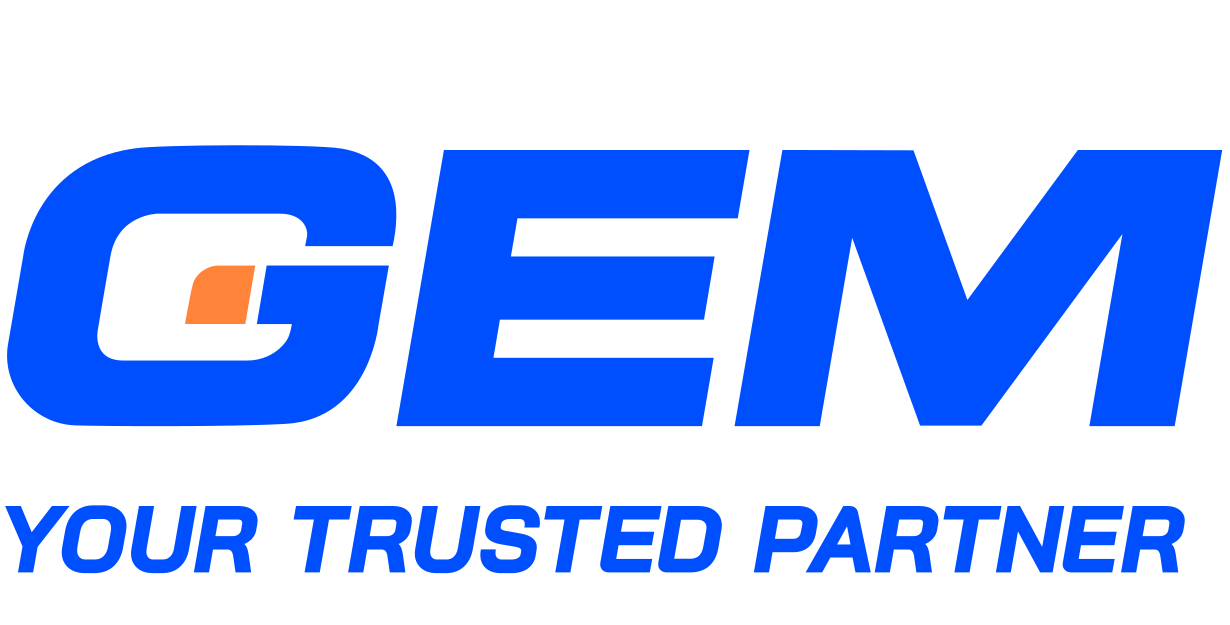Get to know how the energy consumption landscape is transforming thanks to applications of the Building Automation and Control System
According to a recent report, more than 76% of all U.S. electricity and more than 40% of all U.S. energy use are for building operations. Energy use and wastage reduction have been top priorities for the building sectors. Their goals are to cut down operating expenses and decrease carbon footprint. Sustainable building operations via automation and control systems have become a balancing act between energy consumption and occupants’ benefits.
Simply put, Building Automation and Control System (BACS) is “the brain” of a building. The system includes a five-layer scheme including:
- Sensors
- Controllers
- Output devices
- Communication protocol
- Dashboard
It helps monitor and controls various components of the facility’s structure.
Its main function is to keep building climate within a specified range, light rooms based on an occupancy schedule, oversee performance and device failures in all systems and provide malfunction alarms. With that said, BACS is expected to enhance overall energy performance and offer businesses the ability to boost their efficiency and productivity.
Lower energy expenses
BACS optimizes heating, ventilation, and air conditioning (HVAC) and electrical system efficiency. It entitles the allocation of energy and resources to occupied areas in the building. Energy consumption is a significant cost-driver in many sectors. The automatic system enables major saving potentials.
To give you an idea, a hotel in Germany has diminished energy waste by employing innovative building automation linked to the booking software. Once a booking occurs, the software sends a report to the building automation system. It then switches the room from standby to occupancy mode on the date of arrival. In standby mode, the room temperature is under current setpoints. It results in an optimal configuration of HVAC’s operation.

Reduce maintenance costs
Building automation allows remote control of heating and cooling and even remote operational support and quick troubleshooting. With prompt and safe repairs, facility systems are likely to experience fewer breakdowns and less unplanned downtime. Hence, there’s a decrease in maintenance costs. Thereby, businesses could ensure correct system functionality, reducing operational costs, and optimally minimum number of technicians on-site.
In the case of a university of Pennsylvania State, they employ BACS in 600 buildings. Any new campuses can onboard into central monitoring, which lowers their marginal costs.
University personnel can oversee the general administrative processes of the whole campus. They only hire a few maintenance employees to perform repairs and upgrades to commonwealth campus equipment. Not only could the university succeed in energy conservation, but it also achieves economies of scale, thanks to technology application.
Improve occupants’ security and comfort
BACS monitors what is happening within the facility. Then it will provide alerts of suspicious activities (i.e. have the doors locked and unlocked according to the specified protocols). It also offers to sustain the optimal quality of indoor environments via proper adjustments of lighting, heat, and airflow. In that way, the system has accommodated occupants’ safety and well-being.
Take U.S hospitals as an example, now they can slow down the rate of healthcare-acquired infections. This is thanks to the smart ventilation technology driven by building automation. It controls the required air pressure in each hospital area to ensure guideline compliance. Plus, the airflows across hospital facilities are controlled to mix fresh outside air and manage the volume of return air. Thus, hospitals can maintain a safe environment and control the infection level.
BACS has brought about great changes to the energy sector as well as improved one’s living environment. We can anticipate a future where the impacts of this smart system being witnessed on a larger scale; especially in developing countries that are still using fossil fuels as a main source of energy.
Read more: IoT Solutions for Smart Building Automation System
ABOUT GEM
GEM Corporation is a leading IT service provider who empowers its business clients in their digital transformation journey. Based in Hanoi, Vietnam, GEM is characterized by competent human resources, extensive and highly adaptive techstack, and excellent ISO-certified and CMMi-based delivery process. GEM, therefore, has been trusted by both start-ups and large corporations from many global markets across different domains.Don’t miss our latest updates and events – Follow us on Facebook and LinkedIn!






